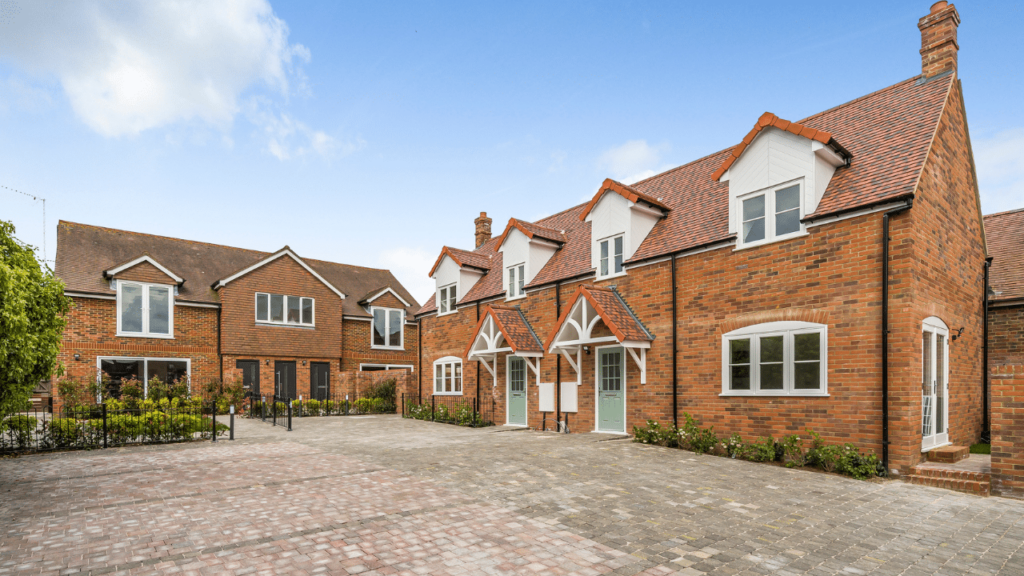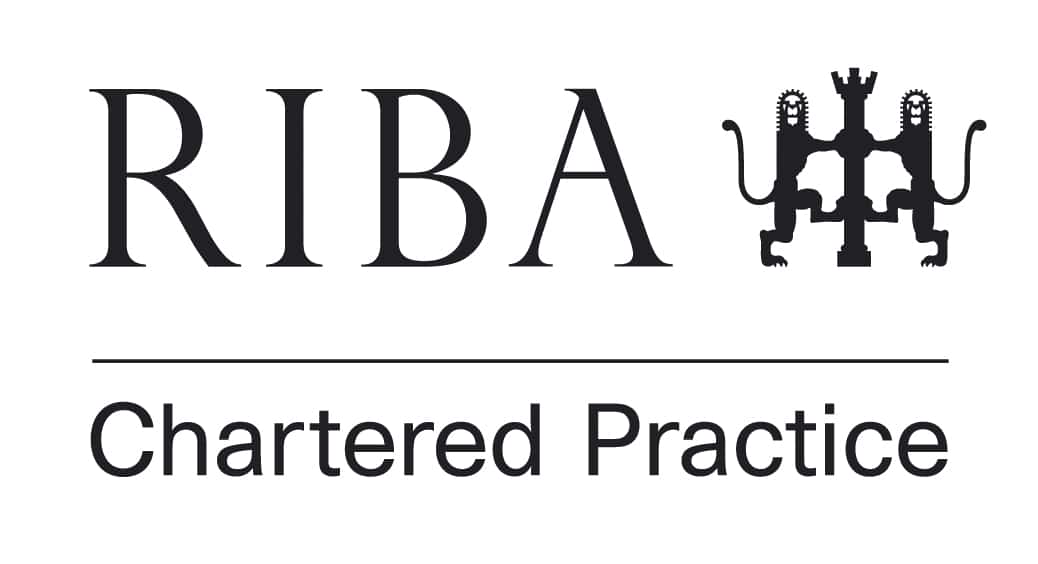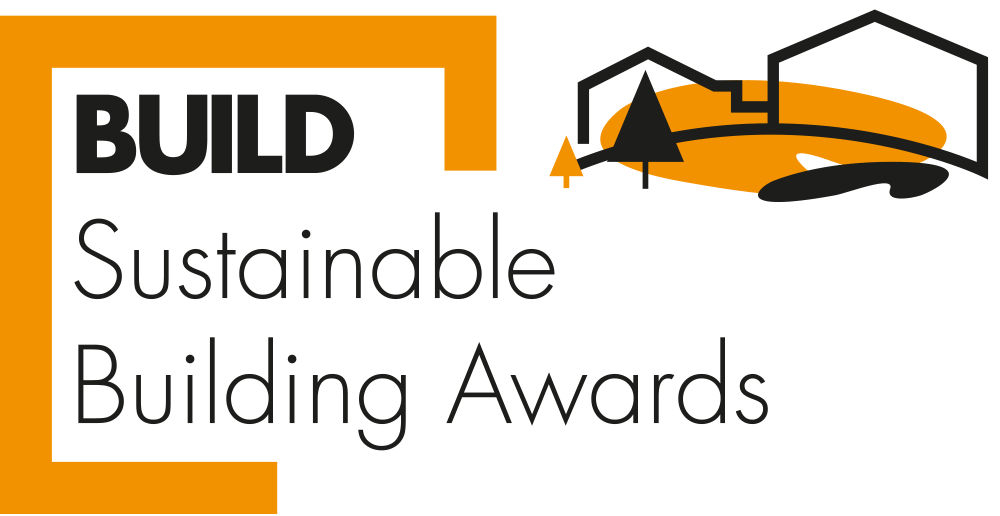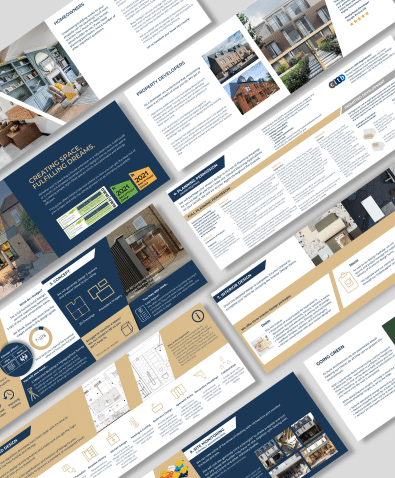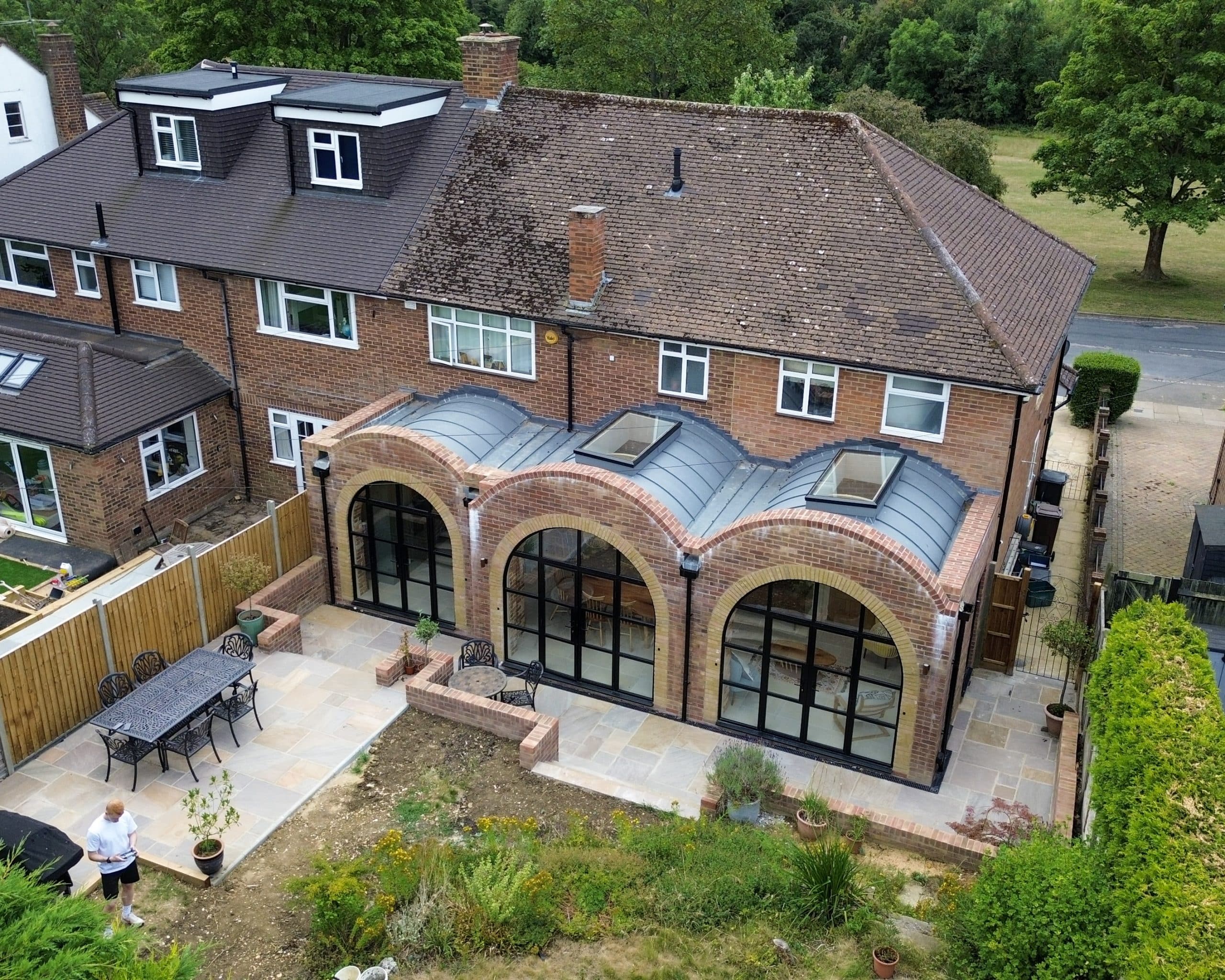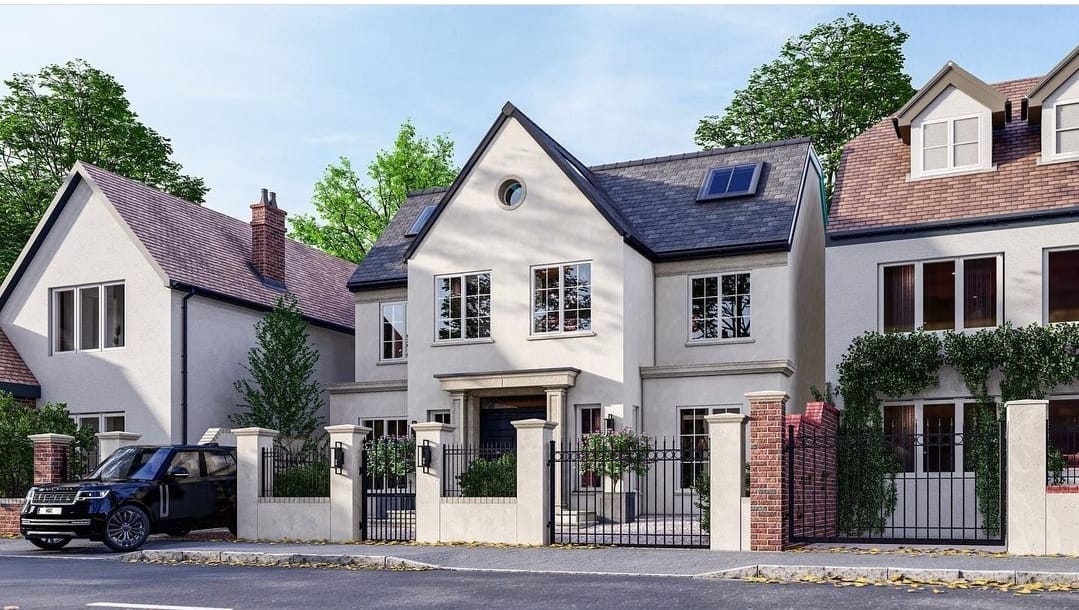
A Beginner’s Guide to Property Development: From Initial Planning to Project Completion
Property development is an exciting and rewarding process that allows you to create value through careful planning, design, and execution. However, for beginners, the journey can seem daunting, filled with complex decisions and potential challenges. At AURA Architecture & Interiors, we guide our clients through each stage of residential property development, from concept to completion. Here’s an expanded guide to help you navigate your first property development project.
1. Initial Planning and Research
The foundation of a successful property development project is meticulous planning and thorough research. Start with these key actions:
- Understand the Market: Begin by researching property trends in your desired area. Are homebuyers looking for family homes, flats, or eco-friendly builds? Identifying demand will ensure your development appeals to your target market.
- Define Your Objectives: Clearly articulate what you want to achieve. For example, are you looking to create a high-end development, affordable housing, or rental properties? Having a defined goal shapes your budget, design, and marketing strategy.
- Set a Realistic Budget: Break down your expenses, including land purchase, professional fees, construction costs, and a contingency fund (typically 10–15% of the total budget). Surprises are inevitable, so plan for unexpected costs like delays or material price changes.
2. Choose the Right Location
The success of a property development project often hinges on its location. Take time to evaluate potential sites:
- Neighbourhood Appeal: Look for areas with strong growth potential. Consider proximity to schools, transport links, and amenities such as shops, parks, and restaurants. Up-and-coming areas with planned infrastructure developments are particularly promising.
- Site Assessment: Before committing to a purchase, carry out a detailed site evaluation. Factors to consider include soil quality, flood risk, and access. Engage a surveyor to identify potential problems like unstable ground or legal restrictions, such as covenants or easements.
3. Design and Planning Permission
Once you’ve secured your site, the next step is turning your vision into a reality. This requires working with professional architects and obtaining necessary approvals:
- Engage an Architect: A skilled architect will help you maximise the potential of your site while adhering to local planning rules. At AURA, we have worked in-house for property developers running feasibility studies and development appraisals, together with carrying out some of their own investments and developments. This is why AURA bring a ‘Maximising’ and ‘Optimising’ mindset to all of our clients’ property development schemes.
- Incorporate Sustainability: Increasingly, buyers are prioritising eco-friendly properties. Use sustainable materials, energy-efficient systems, and designs that reduce carbon footprints, such as solar panels or high-grade insulation.
- Planning Permission: Prepare and submit a detailed proposal to your local council. We will produce all the relevant documents required for the level of planning that is needed. Engaging an expert can speed up the process and address any objections effectively.
From Concept to Completion – We’re Ready to Help!
Get in Touch4. Secure Financing
Property development often requires significant capital, so it’s important to explore funding options and choose what works best for you:
- Development Loans: Banks and specialist lenders offer development loans that can cover land purchase and construction costs. These loans are typically released in stages as the project progresses.
- Private Investors: Partnering with private investors can provide you with additional financial backing. This arrangement may involve sharing profits but can be particularly helpful for beginners who lack initial capital.
- Government Schemes: Look for grants or loans designed to encourage housing development, particularly if your project incorporates affordable housing or eco-friendly designs.
5. Building the Team
A property development project is only as good as the team behind it. Assemble a group of experienced professionals to bring your vision to life:
- Architects and Designers: Beyond creating designs, they’ll help you navigate planning regulations and find cost-effective solutions.
- Structural Engineers: Their expertise ensures your building is safe and complies with local codes.
- Contractors: Vet contractors carefully. Check their references, past work, and credentials to ensure they can deliver high-quality results within your timeframe.
- Project Managers: A project manager oversees timelines, budgets, and communication between all parties, reducing the risk of delays or mismanagement.
![Planning permission application rejection [2024]](https://aurahomes.co.uk/wp-content/uploads/2024/12/listed-building-scaled-e1741034930242-1009x1024.jpg)
6. Construction Phase
This is when your plans begin to take shape. Effective management is key to staying on schedule and within budget:
- Maintain Clear Communication: Regular updates with your contractors and project manager will ensure everyone is aligned on the timeline, budget, and expectations.
- Stick to the Schedule: Delays in construction can have a domino effect, increasing costs and pushing back the completion date. Contingency planning and proactive problem-solving can mitigate this risk.
- Quality Assurance: Conduct frequent site inspections to monitor progress and check the quality of work. Don’t hesitate to flag issues early to avoid costly rework later.
7. Marketing and Sales
Once the property nears completion, shift your focus to finding buyers or tenants:
- Create a Marketing Plan: Develop a strategy tailored to your target market. This might include online listings, social media campaigns, local advertising, and partnerships with estate agents.
- Highlight Key Features: Showcase unique selling points, such as energy efficiency, modern designs, or smart home technology. Professional photography and virtual tours can make a significant impact.
- Host Open Days: Give potential buyers or tenants a chance to view the property in person. Staging the property with stylish furniture and décor can help them envision living in the space.

8. Project Completion and Handover
The final stage is all about ensuring your development meets expectations and handing it over to its new owners or tenants:
- Snagging and Inspections: A snag list identifies any minor defects or unfinished work. Rectify these issues before handing over the property.
- Handover Documentation: Provide buyers with all necessary documents, such as warranties, user manuals for appliances, and building certificates. This ensures a smooth transition and reinforces your professionalism.
- Post-Completion Support: Offering aftercare services, such as addressing initial queries or minor fixes, can leave a lasting positive impression on your clients.
Conclusion
Property development is a multifaceted process that requires careful planning, teamwork, and attention to detail. By following this guide, you’ll be better equipped to tackle your first project with confidence. At AURA Architecture & Interiors, we specialise in bespoke residential design and are here to help you navigate every stage of the journey.
Ready to start your property development journey? Contact us using the form below or call 0203 189 1619. Let’s turn your vision into a stunning reality.

